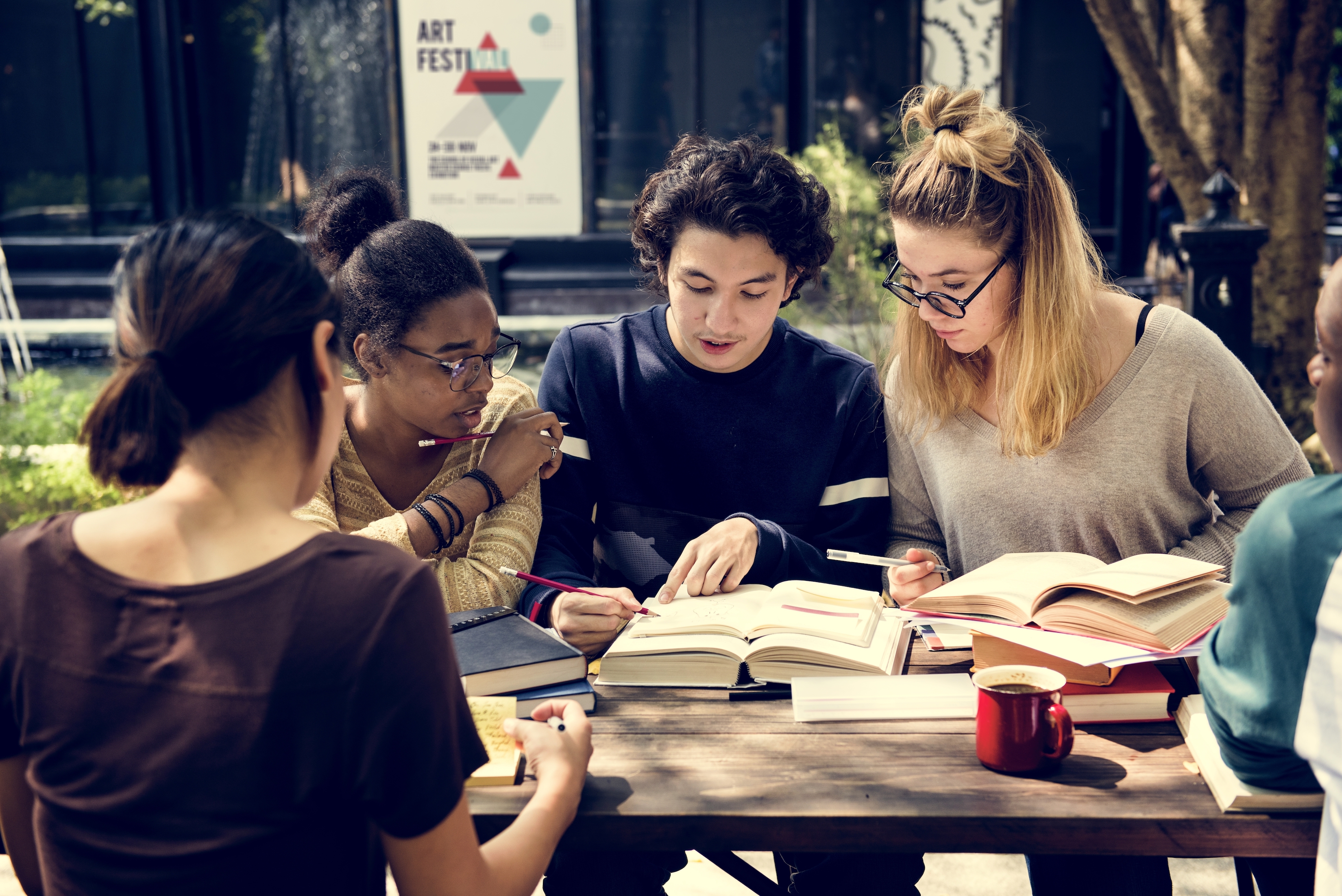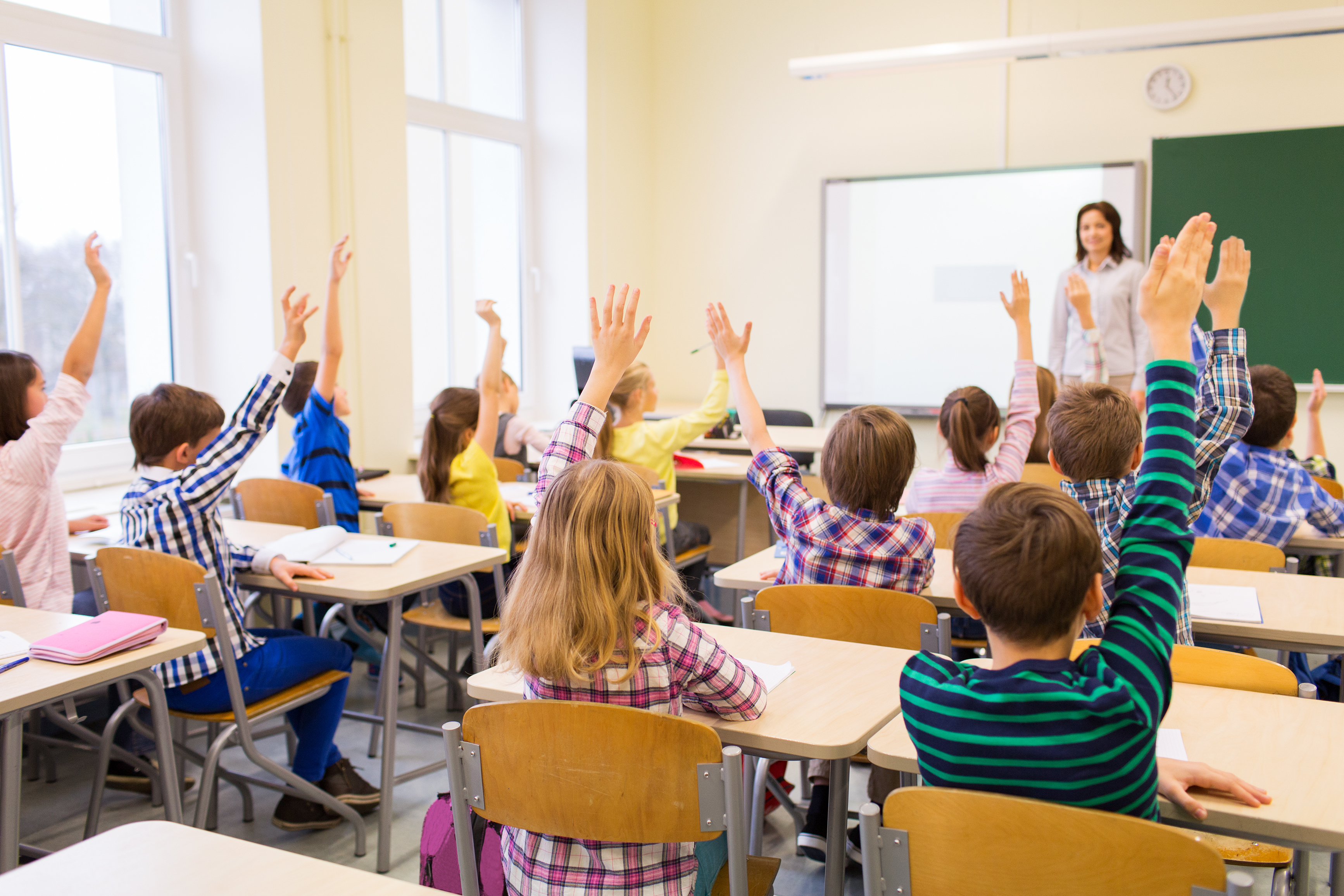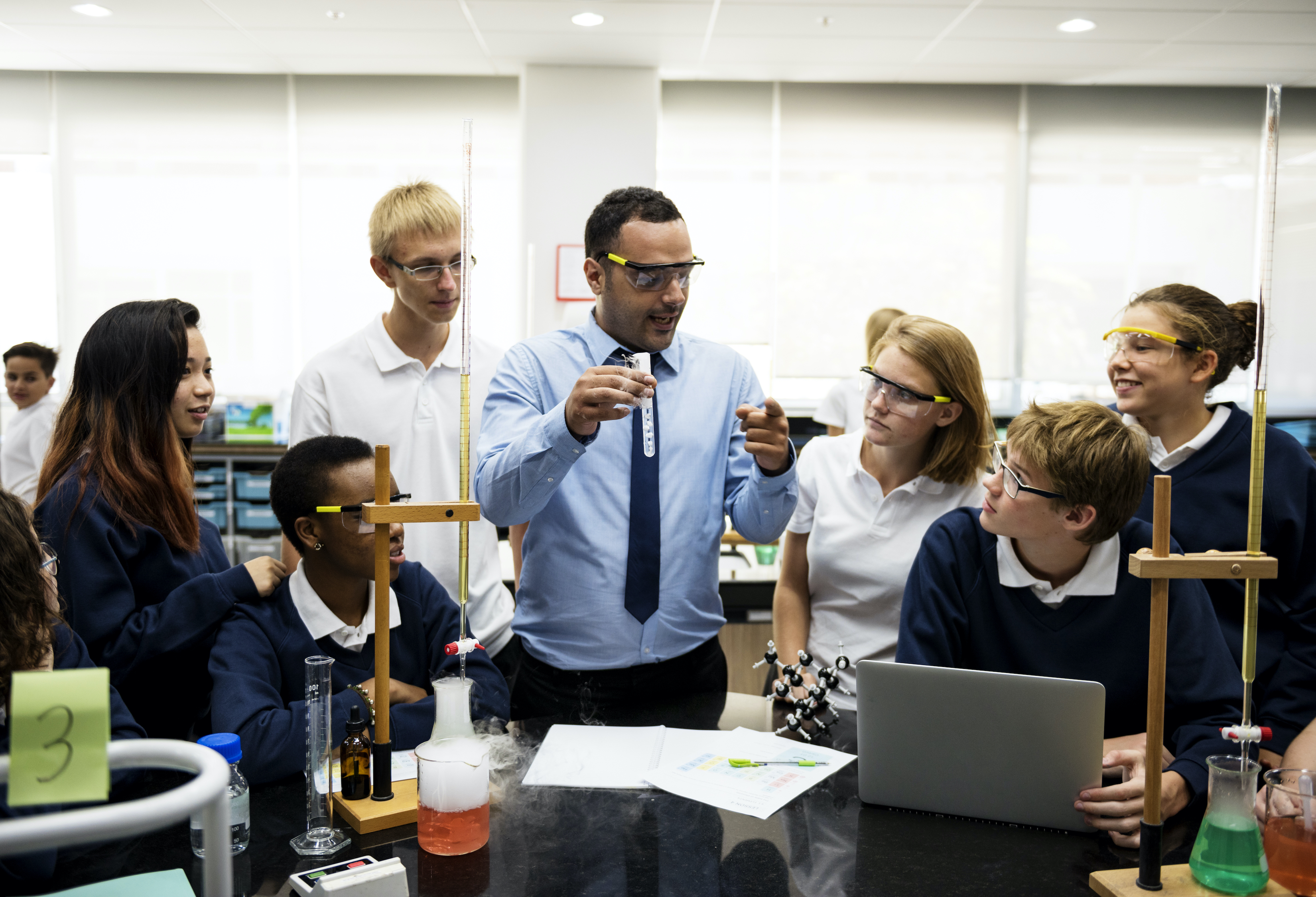For a long time, we’ve known it’s better to teach in a spaced way rather than all at once. We know this works not just for simple facts but for much more complex topics. There are insights from neuroscience about how we lay down long-term memories that show that it’s better to have several shorter sessions. For example, sessions should last for around 20 minutes and be followed by a break. This allows for new knowledge to develop and connect with previous knowledge. Spaced learning of this nature is far more effective than having one long session of teaching. This example highlights how findings from neuroscience can complement what we’ve known for a long time about human memory.
Another example involves group learning. In the 1950s and 60s, most research on learning revolved around individualised instruction and a personalised teaching approach. Then, in the 1970s, we realised that working together in groups can be useful because students can learn from the teacher and one another. One student with a better understanding of a topic can help another student. Furthermore, it can be useful for students to have a common goal, share their knowledge and reflect on what they do.
Indeed, numerous insights are shaping our understanding of how we teach and learn. As a result, we’re developing a more structured approach to teaching and learning. Just as medicine evolved from craft practices into an evidence-based approach to curing disease, we’re now doing the same with education.
However, this doesn’t mean that education is going to be like taking a pill. Learning is very much a human process, and it requires an experienced teacher. It involves students who can articulate and discuss their knowledge. As such, teachers must carefully support and facilitate learning. Still, it’s becoming more evidence-based. This has implications for the ways we teach and learn, not only in schools but also in other settings.
A teacher’s role
Everybody learns differently. We all have our preferred approaches to learning, and we all find an optimum way of learning for ourselves. Yet, we know some things to be effective – for instance, setting a goal at the start so that you’re working towards that goal and understanding how you’re progressing towards that goal. It’s also important to be tested along the way so that your understanding can be reflected back to you, and you can assess how you’re doing.
Furthermore, guidance is necessary to merge what you know and what you need to know. That’s where a teacher comes in. Recently, I think there’s been more of an emphasis on self-directed learning. More often, learners manage their learning processes, go online, look at facts on the Internet and engage in conversations. Some have even begun suggesting there’s no need for a teacher.
However, that’s wrong. Teachers play an essential role beyond mere content delivery. Teachers scaffold a person’s understanding. Scaffolding is accomplished by setting goals, supporting a learner’s progress, testing at the right point and helping learners know what they need to do next. As such, a trained and experienced teacher still plays a vital role in this new kind of education.
I think teachers are taught to be performers. Perhaps the most challenging thing when beginning teaching is holding students’ attention. You have to know how to keep their attention and engage them with the right kind of content. Yet, engaging a learner is just the beginning. Being able to facilitate and support students’ learning requires additional skills.
Teachers may find it challenging to accomplish this, partly because it requires understanding each student and their individual needs. When you’re teaching a class of 30 students or teaching online, this can be challenging. Furthermore, you need to orchestrate students’ learning. That is, you need to make sure they progress effectively. This goes beyond classroom management. It’s about encouraging students who are falling behind, asking the right questions and helping students express their understanding.
These sorts of skills have not been taught so well to student teachers in the past. Some teachers are reluctant to improve in this way because it requires new skills. Furthermore, it’s more challenging to do if students are learning remotely because you can’t see the responses of those who don’t understand. You are not receiving those subtle cues.
Online content
On top of this, there will always be a need for students to gain content knowledge. This content can be online, but online material can be suspect. It can be fake, so it needs to be filtered and assessed by a teacher.
On the other hand, content can be carefully constructed by the school and put online so that students can work from home. Indeed, I think students of all ages will access more and more content from home. This leads to flipped learning, whereby students use online technology to access core content. Later, in a formal setting, they can then discuss and analyse that content in more detail.
In terms of school management, establishing this kind of flipped learning requires a lot of effort. Not only does the technology to deliver content need to be in place, but students need to be supported in their active learning back in the classroom. Whether it’s a lab session or a discussion, flipped learning involves setting up the school in a new way focused on group-learning. I believe we should focus on reconfiguring the education system so that teachers can shift from acting as a content provider to working as a facilitator and orchestrator of students’ learning.
The function of the state
At the state level, change progresses over a long time. Changes tend to come in fairly slowly because the education system is very complex. There are also lots of interconnected parts. There are the exam system and school funding mechanism. Moreover, there is a connection between schools and universities, as well as the transition to the workplace. It’s tough to change such a tightly interconnected system.
Yet, as education slowly adapts, occasionally something comes along that abruptly disrupts it. Twenty or thirty years ago, it was computers and the ability to access content online. More recently, there’s been a global pandemic that forced schools and universities to move some of their teachings online. Universities, in particular, spent years developing a digital strategy and moving very cautiously towards it. Then in two weeks, they had to transition towards teaching mostly online.
In such situations, it’s the state’s role to recognise when these moments occur. In the 1980s, when microcomputers and laptops came along, the government purchased some, put them into schools and left the teachers to get on with it. They didn’t provide appropriate teacher training. During the COVID-19 pandemic, the state again provided some resources, but not necessarily the support to go through that transition. Overall, I think the state’s role is to provide both resources and support for professional educators to make these rapid transitions when necessary.
Finally, you can foster resilience in young people by helping them be more confident in their learning. It is also essential to help them learn in various ways – in groups, through exploration and performing scientific experiments. Students also benefit from accessing and assessing data to manage their learning. Along these lines, students also gain by teaching others. Known as the teach-back method, this allows students to test themselves while testing others. Overall, giving students more confidence to learn in numerous ways helps them to be more resilient.
At a higher level, this kind of shift is part of a movement away from schools as knowledge providers towards the notion of schools helping produce competent, mature and creative individuals. Creativity, at all levels, comes in part from having the confidence to explore possibilities. Students should be nurtured not to feel limited by constraints such as where they are and what they do. Instead, they should see these constraints as something with which to play. This is similar to how an artist plays with the constraints of the paper and the materials they have to see how they can create something new.


